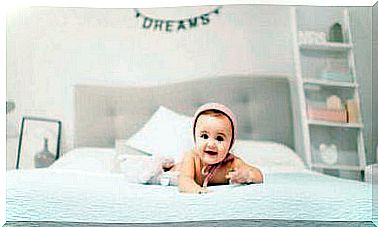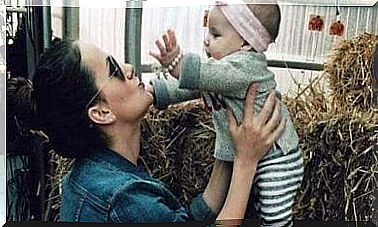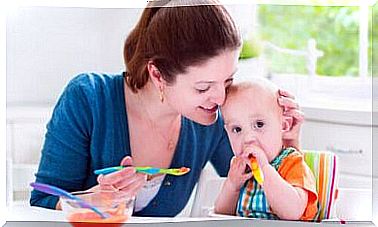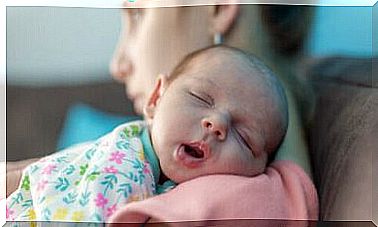Causes Of Sweat Allergy In Children – You Are Mom
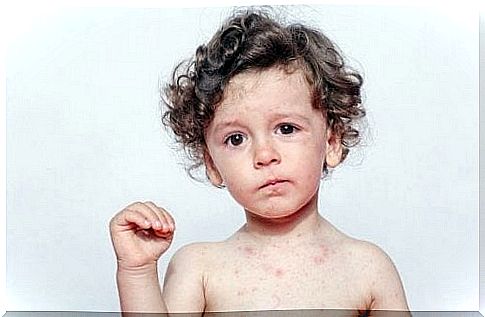
Sweating is the body’s response to an increase in temperature, as the sweat evaporating from the skin cools the body. However, sweat allergies in children can occur for several reasons.
Common causes of sweating that can make these symptoms worse are exercise, high temperatures, and emotional stress.
Therefore, the sweat can result in an atopic reaction in the form of pimples or red spots.
In any case, if this occurs in your child, it is necessary that you consult your pediatrician to determine the cause and that he indicates to you the medicines that your child needs.
The sensitive skin of babies and children and the increase in body temperature are the main causes of the allergy that many children suffer from.
While it is true that rashes can appear anywhere on the body, they are more common on the chest and limbs.
The appearance of pimples usually causes itching and discomfort in children. Likewise, these symptoms can be accompanied by headaches or palpitations.
Types of sweat allergy in children
Problems such as dermatitis, hives or dyshidrosis are often caused by allergy to sweat in children, which makes it possible to distinguish these three types from the most common.
1. Atopic dermatitis
Atopic dermatitis is characterized by redness of the face. It appears on the forehead and cheeks, as well as on the head, wrists, elbows, knees, ankles and neck.
In general, contact with irritants such as soap and detergents, but also heat and perspiration favor the development of atopic dermatitis.
For this reason, it is recommended that you gently wash and dry the child’s skin. This will prevent sweat or other irritants from coming into contact with the skin.
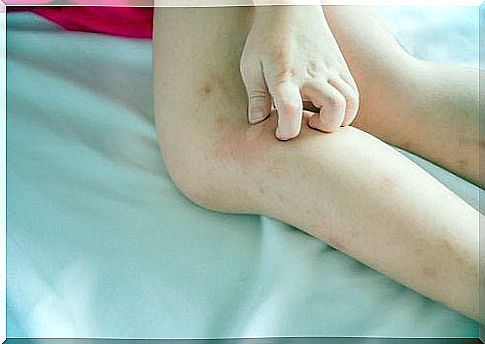
2. Urticaria
This second type of sweat allergy manifests itself in the skin as red spots and sometimes itching. The inflammation mainly affects the arms, legs, and chest, but it can appear anywhere on the baby’s or child’s body.
Hives can go away on their own within hours or days. However, this condition is very annoying. Therefore, consult your pediatrician so that he can prescribe medication to reduce inflammation and itching.
3. Dyshidrosis
Sweating and humidity are often the cause of this dermatological disorder, which can sometimes be painful in babies. This type of allergy is known as a skin condition similar to eczema, which usually affects the hands and feet.
This acute or chronic skin condition is characterized by the formation of lesions in the form of a blister. Treatment is usually local and involves the daily application of an antiseptic and anti-inflammatory ointment to relieve pain.
What can you do to prevent sweat allergy in children?
In most cases, the reaction to sweating in children goes away after a few days. To help relieve symptoms, keep in mind that moisturizer is ideal. Indeed, it relieves the itching sensation and limits skin rashes.
Either way, it’s better to be safe than sorry. Therefore, we have prepared a list of some simple recommendations that will help you know how to treat sweat allergy in children. Take some notes!
- Beware of chemicals, as symptoms increase with their use.
- When the child takes a shower, he or she should be washed in warm or cold water to reduce the risk of rashes afterwards.
- Opt for cotton clothes over synthetic fabrics, as they help wick sweat better.
- Choose breathable clothing when playing sports to avoid excessive sweating.
- You should avoid the sponges so as not to hurt yourself.
- The use of certain chemicals exacerbates allergy to sweating in children.

- Trim the child’s fingernails to prevent scratching on the affected areas.
- Anti-inflammatory creams can be a perfect solution to reduce inflammation.
- Do not overprotect the child and watch out for temperature changes when moving from one place to another.
- Keep the child’s skin clean and hydrated.
Consult your doctor
Before we finish, be aware that this sweat allergy in children is common and is due to the reaction of sensitive skin to sweating.
Either way, don’t worry too much, it usually gets better with proper precautions. In addition, as the child grows up, this kind of problem disappears completely.
In any case, as a mother, the important thing is that you clearly know what to do. Going to a dermatologist is essential. This in order to identify the cause and define which medication is needed.

